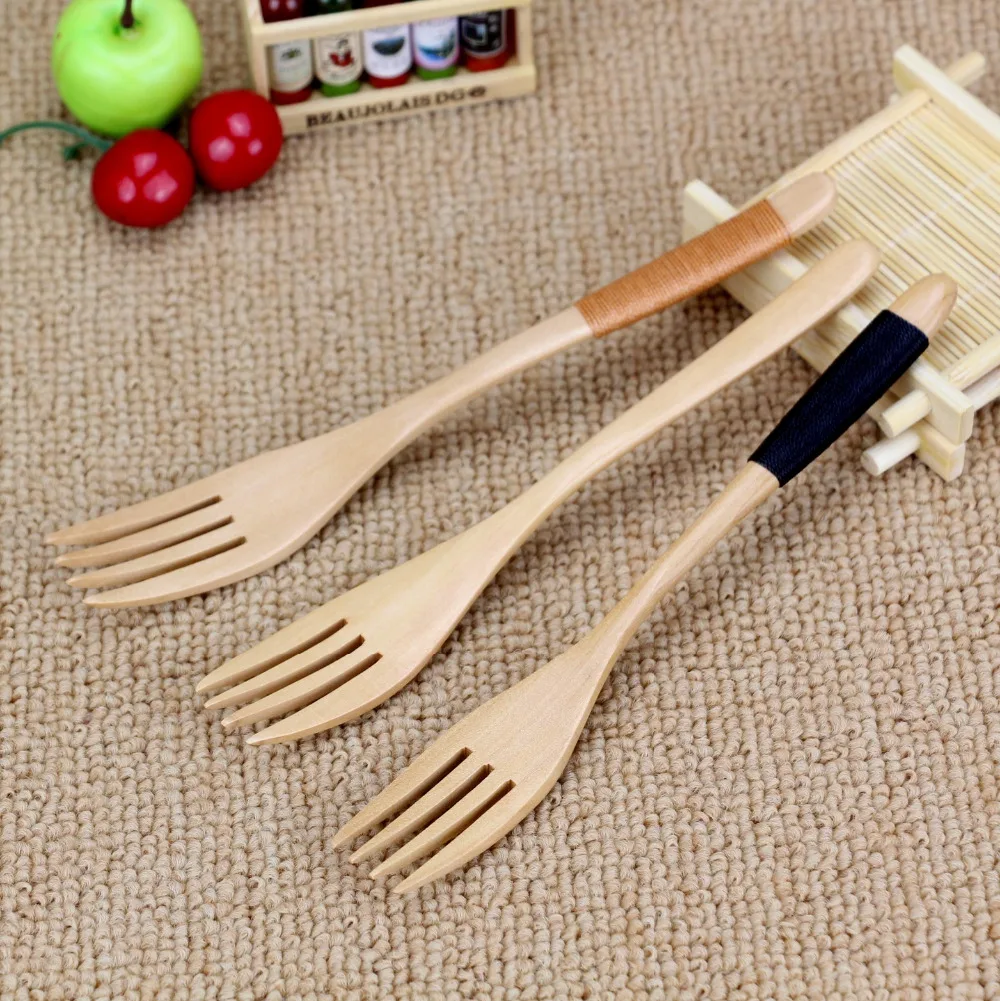

This is, by far, the most common fork you’ll find on this list.With that being said, let’s go over some of the most common ones! Four Most Common Types Of Forks: I know! You’d think the dessert fork, dinner fork, and salad fork would be more than enough, but apparently not.

In modern day use, there are over thirty (yes, THIRTY) different forks to choose from, all with specific uses or design differences. While this advanced left prong isn’t present on all salad forks, it might show up if you’re at a particularly fancy place.Įverything Else You Need To Know About Forks What Other Kinds Of Fork Are There? In addition to this, some even have a cutting edge like the forks pictured above! This is, of course, there to help with cutting fresh crispy greens like lettuce. On some salad forks, the left tine may be just slightly wider than the rest. The real nail in the coffin though is actually one specific tine – the left tine. In addition to this, they may even be all-round smaller, or have three prongs instead of the regular four. To put it simply, the tines in a salad fork will likely be shorter than those of a dinner fork. These are the part of the fork used to stab into food – they’re also often called prongs. Whilst you’re looking at the general shape of the head of your fork, take a closer look at the tines. Salad Fork Tines vs Dinner Tinesīeing an intentional design choice, it’s no wonder that this method is hands down the best way for telling salad forks and dinner forks apart. If both of your forks are the same size, use this trick to tell them apart. Generally, a salad fork will be flatter and broader than a dinner fork, especially around the tines. If we’re talking about salad fork vs dinner fork size – or rather, shape – however, there’s a lot more to be gleaned. The golden rule to keep in mind is that a dinner fork is bigger than a salad fork, and a salad fork is bigger than a dessert fork. While I did just say that using size as a signpost for what kind of fork you’re working with can be uncertain at times, there is still merit in this method when you also consider shape. Salad Fork vs Dinner Fork Length And Shape

In this video, the guide demonstrates the American style of laying out cutlery. While researching this topic, I found this video by College and Career Ready Labs to be a great help in understanding the layout of cutlery according to etiquette. Still, there’s plenty of ways to tell them apart that don’t rely on size – check beneath ’Some Other Ways To Tell Salad And Dinner Forks Apart’ for some more information on this.

Some dinner forks can be as small as six inches, which makers telling them apart from salad forks just a little bit trickier. However, I have to make a slight disclaimer – not all dinner forks reach seven inches. Dessert forks are even smaller than salad forks and are placed above the plate, but there’s no need to worry about those just yet. Salad forks tend to be a little bit smaller than dinner forks, coming in at about six inches while dinner forks tend to be somewhere between seven to nine inches. So, is a salad fork bigger than a dinner fork? Well, no! It’s actually the other way around. That being said, let’s get into these two main differences! Which Is Bigger Salad Fork vs Dinner Forkĭinner forks and salad forks are, luckily, easily told apart by their size (amongst other features). In addition to this, they are also placed in different areas on the table to denote their specific function. With this being said, it’s easy to see why the biggest differences between these forks are in their size. While one could always be used in place of the other in a pinch, each kind has been specifically designed to do a better job at its intended purpose. Salad forks and dinner forks are have few differences, but the ones that they do have are major. What’s The Difference Between A Dinner Fork And A Salad Fork?


 0 kommentar(er)
0 kommentar(er)
